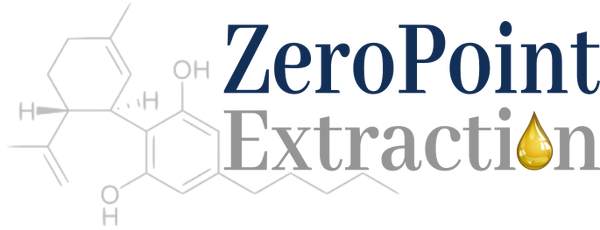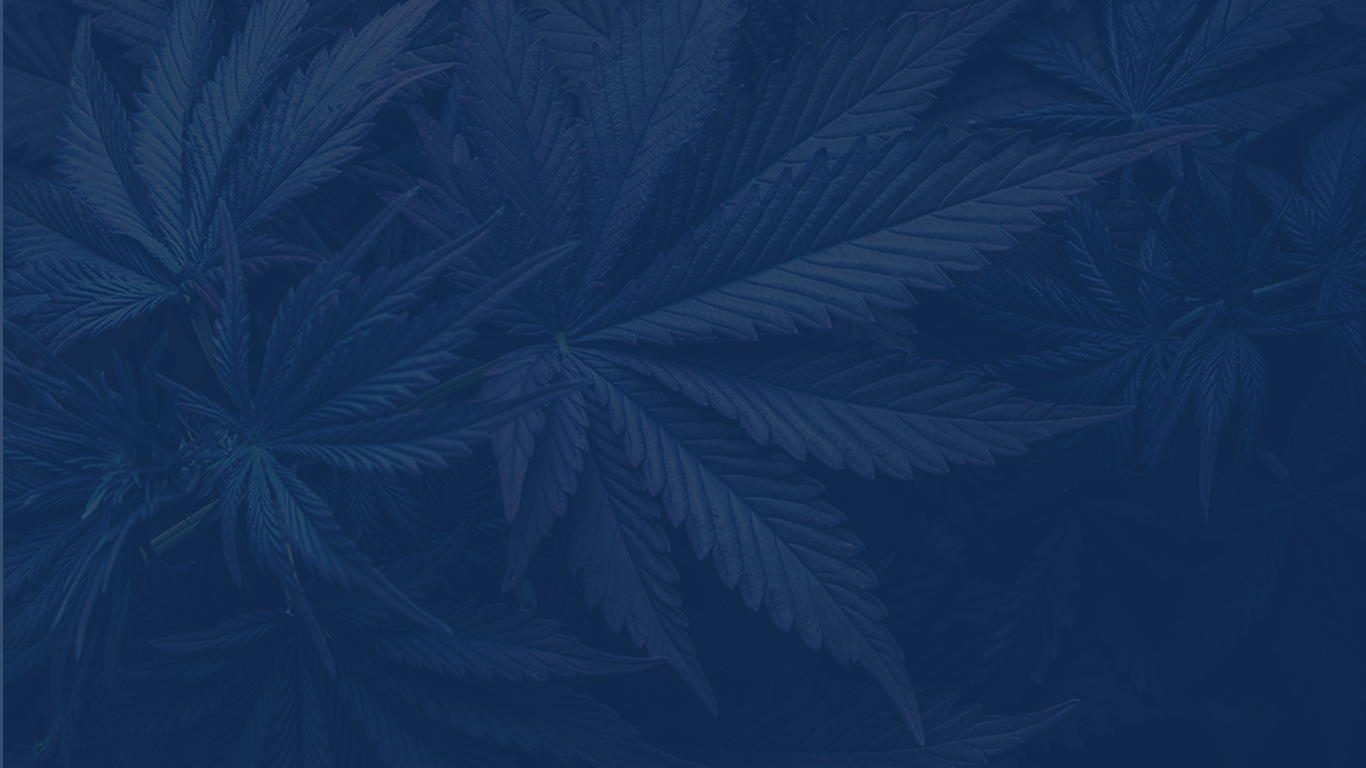Recent posts
-

-
 What Are THCa Diamonds?October 14, 2025
What Are THCa Diamonds?October 14, 2025 -
 Delta 9 Gummies GuideOctober 8, 2025
Delta 9 Gummies GuideOctober 8, 2025 -
 What is THCA Crumble?September 22, 2025
What is THCA Crumble?September 22, 2025 -
 10 Ways to Elevate Self-Care Awareness MonthSeptember 14, 2025
10 Ways to Elevate Self-Care Awareness MonthSeptember 14, 2025

Head High vs Body High: A Guide to Cannabis Effects
By Zero Point
Table of Contents
TL;DR
- “Head high” refers to effects felt mostly in the mind, like creativity, alertness, and euphoria.
- “Body high” describes sensations in the body, like relaxation, heaviness, pain relief, and sedation.
- Your experience depends on many variables: THC vs CBD ratios, terpene profile, dose, consumption method, and your own body chemistry.
- Many strains and products blend both kinds of effects.
- To steer your session, start low, understand the product’s profile, and match it to your goal, for example daytime focus or evening unwind.
Introduction: Why This Distinction Matters
When people talk about “getting high,” they often mean a mix of effects. The experience can lean more toward the head or the body. Knowing the difference helps you choose products with intent, whether you want focus, creativity, relaxation, pain relief, or rest.
Marketing often leans on the simple “sativa equals head, indica equals body” idea. It can be a helpful shorthand, but it’s incomplete. Real effects come from the full chemical profile of the plant, your dose, and the delivery method. Let’s break it down.
What Is a Head High?

Subjective Sensations
A head high shows up in the cognitive and emotional realm. People often report:
-
Heightened creativity or inspiration
-
Elevated mood or euphoria
-
Mental energy or alertness
-
Rapid thought associations
-
Enhanced sensory perception, like sounds, colors, and music
-
Sometimes racing thoughts, anxiety, or paranoia, especially at higher doses
This aligns with how THC, the primary psychoactive cannabinoid, interacts with CB1 receptors in the brain, which can shift neurotransmitters, neural circuits, and perception.
When and Why You Might Pursue It
Head-leaning effects are popular for daytime use, social settings, creative work, brainstorming, or tasks that need mental engagement. The goal is to feel functional, uplifted, and stimulated, not sedated.
What Is a Body High?

Physical Sensations
A body high centers on sensations in your tissues, muscles, and nervous system. Common reports include:
-
Deep relaxation, heaviness, or “melting limbs”
-
Easing of muscle tension or stiffness
-
Relief from pain, cramps, or inflammation
-
Sedation or drowsiness
-
A sense of warmth, comfort, or floating
-
“Couch-lock” in more intense cases
These effects are linked to how cannabinoids and other compounds act on CB2 receptors and peripheral pathways that influence inflammation, pain signaling, and muscle tone.
When It’s Useful
Body highs are often preferred for evening use, sleep support, stress relief, recovery after exercise, or symptom relief such as pain, cramps, and soreness. If you want deep rest or a full unwind, body-forward effects can be a great fit.
Why the Simple “Sativa = Head, Indica = Body” Rule Falls Short
Genetic Label Doesn’t Guarantee Effect
“Sativa,” “indica,” and “hybrid” refer to plant lineage, not a guaranteed experience. Many sativa-labeled products can deliver body effects at certain doses or for certain people, and the reverse can also be true.
Cannabinoids Beyond THC and CBD
THC drives most psychoactive effects, but minor cannabinoids such as CBG, CBN, and THCV can change the feel. The ratios among THC, CBD, and these minor players shape the overall character of the high.
Terpenes as Effect Modifiers

Terpenes add aroma and flavor, and they can steer effects as part of the “entourage effect.” For example:
-
Myrcene is often linked to sedation and muscle relaxation
-
Limonene may support mood lift and alertness
-
Pinene might promote clarity
-
Linalool may add a calming, anxiolytic influence
Terpenes work alongside cannabinoids to tune the experience.
Dose, Tolerance, and Individual Biochemistry
Dose matters. The same product can feel heady at a low dose and heavy at a higher dose. Regular consumers and newcomers often respond differently. Your metabolism, endocannabinoid tone, mindset, and environment all play a part.
Method of Consumption and Onset

-
Inhalation, smoking or vaping: Fast onset and shorter duration, often more head-forward at moderate doses.
-
Edibles, oral ingestion: Slower onset through liver metabolism, often more body-centric due to 11-OH-THC.
-
Tinctures, sublingual: Intermediate onset and feel.
Onset time, bioavailability, and metabolic conversion all affect where the high “lands.”
Hybrid and Mixed Highs: The Best of Both Worlds
Pure head or pure body experiences are rare. Most products blend the two. Hybrids can lean in one direction while keeping nuance. You might enjoy a strain that gives mental uplift plus gentle physical ease, or an evening blend that starts cerebral and settles into sedation.
Your response can also vary day to day. Sleep, stress, nutrition, hydration, and setting can shift your experience.
How to Steer Your High: Practical Tips
Know the Product’s Profile
-
Look for the THC to CBD ratio
-
Check the terpene breakdown
-
Review lab data or user feedback when available
Start Low and Go Slow
With any new product, begin with a small dose. Give it time to develop, about 30 to 60 minutes for inhalation and longer for edibles, before taking more.
Time It With Your Schedule
For mental clarity and function, keep uplifting options for daytime or active hours. Save more relaxing, sedative-leaning products for later.
Choose the Method Strategically
-
For head-leaning effects: inhalation at low to moderate doses
-
For body-leaning effects: edibles or higher doses with slower onset
Mix and Stack
You can combine products thoughtfully, for example a head-forward option earlier, then a body-leaning product later to wind down.
Monitor and Journal
Track the strain or product, dose, time of day, and terpene profile, along with how you felt. Over time you’ll map what works for your mind and body.
Common Risks and Misconceptions
-
Overconsumption: Too much THC can turn an uplifting product into sedation, anxiety, or fog.
-
Paranoia or racing thoughts: More likely with very high THC, low CBD, or certain terpene mixes.
-
“It’s always the strain”: Method, dose, mindset, and context matter just as much as the label.
-
One-size-fits-all labels: A “sativa” tag does not guarantee a head high for everyone.
Summary Table: Head High vs. Body High
| Feature | Head High | Body High |
|---|---|---|
| Primary Feelings | Mental clarity, uplift, creativity, energy | Relaxation, heaviness, pain relief, sedation |
| Cannabinoid tendencies | Higher THC (lower moderation), balanced THC/CBD | Higher CBD, nuanced cannabinoids, or heavier dose |
| Terpene trends | Limonene, pinene, terpenes favoring alertness | Myrcene, linalool, caryophyllene |
| Best methods | Inhalation, light vaping, moderate doses | Edibles, higher dose, slower onset |
| Best time to use | Daytime, creative, social tasks | Evening, rest, physical relief |
| Risks | Overthinking, anxiety, over-stimulation | Drowsiness, couch-lock, heaviness |
Real-World Examples
-
Creative work or day tasks: Try a sativa-leaning product with uplifting terpenes such as limonene or pinene, and keep the dose moderate to avoid fog.
-
Recovery or sleep support: Choose an indica-leaning or relaxing terpene-rich option later in the day, often as an edible or higher-dose format.
-
Chronic pain across the day: Consider a low-dose, mood-supporting product during daylight hours, then a deeper body-heavy option at night.
Many consumers notice the same strain can feel different depending on mindset, fatigue, or other substances like caffeine or alcohol. Context matters.
Final Thoughts
Understanding head highs and body highs helps you select and use cannabis with intention. Go beyond simple labels, read the product profile, dose thoughtfully, and listen to your body. Over time you’ll build a reliable set of go-to experiences.







